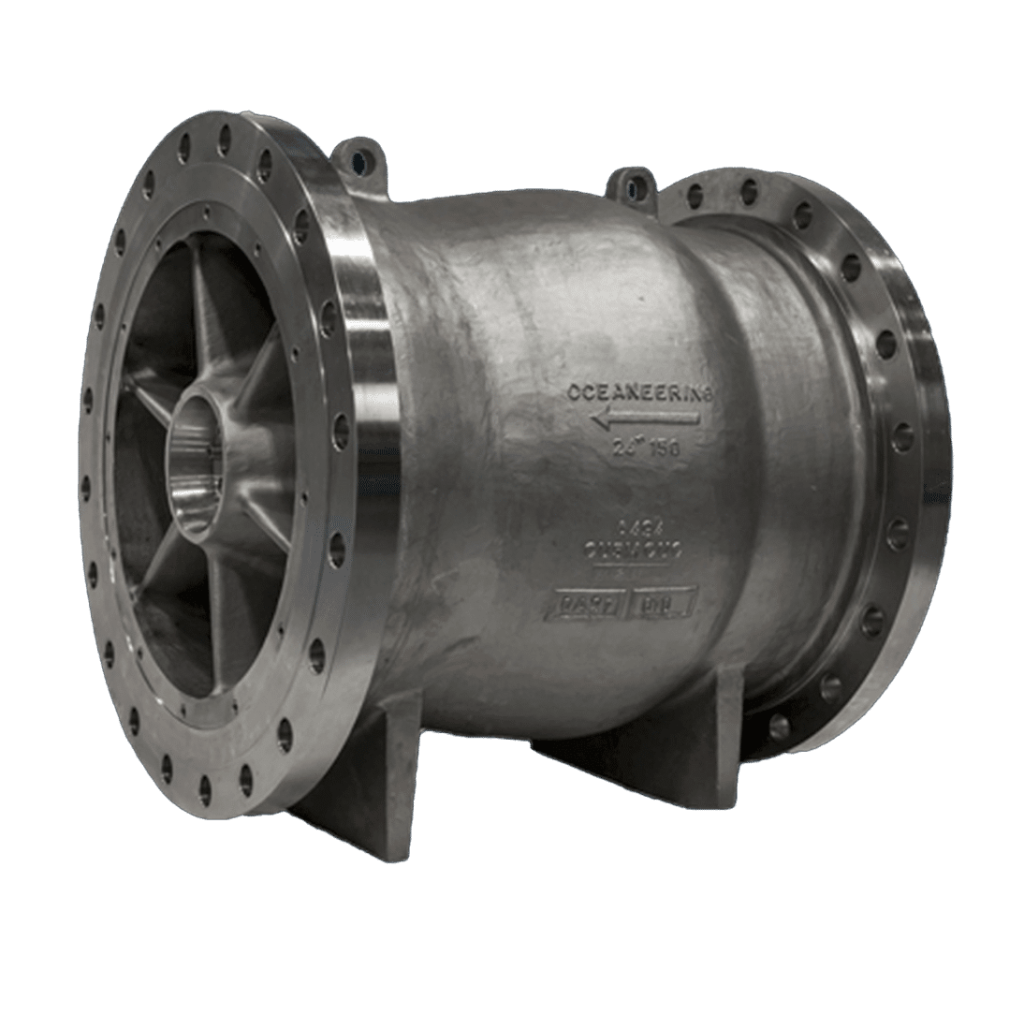When selecting between 3-way valves and gate valves for specific applications, it is essential to understand the functionality, advantages, and limitations of each type of valve. The decision largely depends on the operational requirements, such as flow control, pressure ratings, space constraints, and cost considerations. 3-way valves are versatile and primarily used for diverting or mixing fluids. They consist of three ports and are designed to manage the flow between two inlets and one outlet or vice versa. These valves are ideal for systems where fluid needs to be directed to one of two possible outputs, or where two fluids need to be mixed into one. A common application of 3-way valves is in HVAC systems, water treatment facilities, and chemical processing, where precise flow direction or mixing of fluids is necessary. These valves are especially useful when space is limited, as their compact design can handle multiple flow paths without the need for additional piping.

However, they may not provide a fully shut-off function, and the fluid’s flow direction must be carefully managed to avoid operational issues such as pressure imbalances. In contrast, gate valve diagram are linear motion valves used to control the flow of liquid or gas in a pipeline. They are designed to provide a full shut-off capability, making them ideal for on/off applications where the flow needs to be completely stopped or fully allowed. Gate valves are commonly used in large industrial pipelines, water treatment plants, oil and gas operations, and other systems where maintaining a tight seal is critical. These valves operate by raising or lowering a gate or wedge within the valve body, and when fully opened, they offer minimal flow resistance, making them suitable for high-flow applications. However, gate valves are typically not suited for throttling or regulating flow, as partial opening of the valve can lead to erosion and damage to the valve seats. Their design is also bulkier compared to 3-way valves, which can be a drawback when space and weight are a concern.
When selecting between 3 way valve and gate valves, several factors should be considered. First, the application’s need for flow regulation plays a significant role. If the requirement is to control the direction of fluid flow or mix fluids, a 3-way valve is a better option. On the other hand, for applications requiring full isolation or shut-off, especially where the flow is not meant to be altered, gate valves are the more appropriate choice. The environment in which the valves will be used also impacts the decision. Gate valves are better suited for higher-pressure applications, while 3-way valves may be more suitable for lower-pressure systems. Additionally, cost and maintenance considerations should not be overlooked gate valves generally have a longer service life due to their robust design, while 3-way valves may need more frequent attention due to their complexity. Ultimately, the choice between 3-way valves and gate valves depends on the specific needs of the application, including factors like flow direction, system pressure, and shut-off requirements.